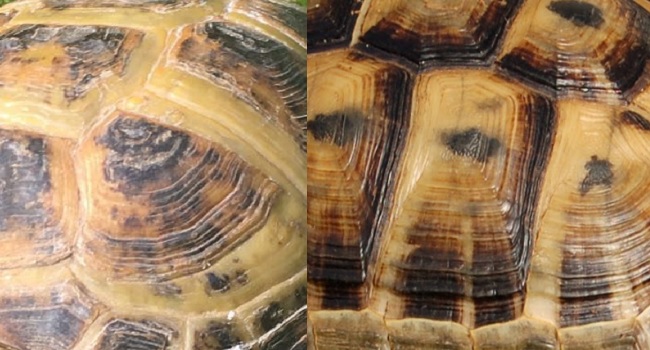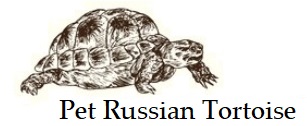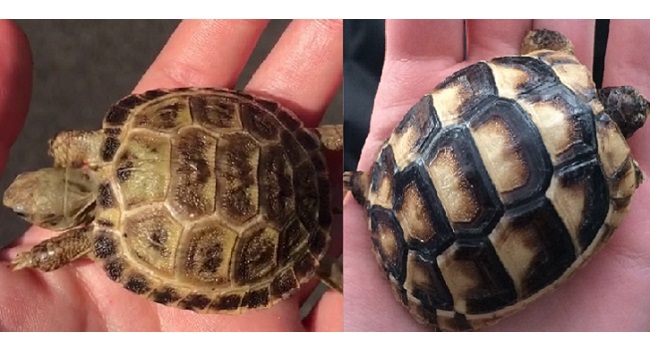Russian tortoises and Greek tortoises are both Mediterranean tortoise species. They’re both smaller species that are popular in the pet market. Sometimes one species is mistaken for the other. However if you know the physical characteristics, you can tell If you know the traits, you can tell the two species a part. Find out differentiating traits for Russian tortoise vs Greek tortoise. Where both tortoise species have similar care and overall size, there are differences between Russian and Greek tortoises.
But keep in mind, there are exceptions to the rules when trying to identify individual tortoises, especially when you’re looking at the different subspecies of Greek tortoises. When trying to determine if you have a Russian or Greek tortoise, keep in mind these general comparisons.
Russian Tortoises VS Greek Tortoise
Russian and Greek tortoises are often confused. Mostly because pet stores mislabel the animals when they are selling them. However, you will find that Russian and Greeks are similar yet still very different. In a way, you’re comparing wolves to coyotes.
Size: Greek tortoises average about 6-7 inches long, whereas Russian tortoises average 5-8 inches long.
Carapace: The biggest difference between Russian tortoises and Greek tortoises is the carapace. The carapace is the top of the tortoise shell. In Russian tortoises, the carapace is flat, whereas Greek tortoises have a domed carapace.
Shape: Russian tortoises are generally more round, whereas Greek tortoises are narrow and oval-shaped.

Plastron: Male Russian tortoises have a flat plastron just like female Russian tortoises. Male Greek tortoises have a concave plastron.
Scutes: The scutes on the plastron are a little different between the two species. The scutes on a Russian tortoise are usually dark in the middle and speckle outwards. Whereas, the scutes on a Greek tortoise tend to have striations that make stripes on each scute.

Tail: Most Russian tortoises have a claw at the end of their tail, whereas Greek tortoises do not.





